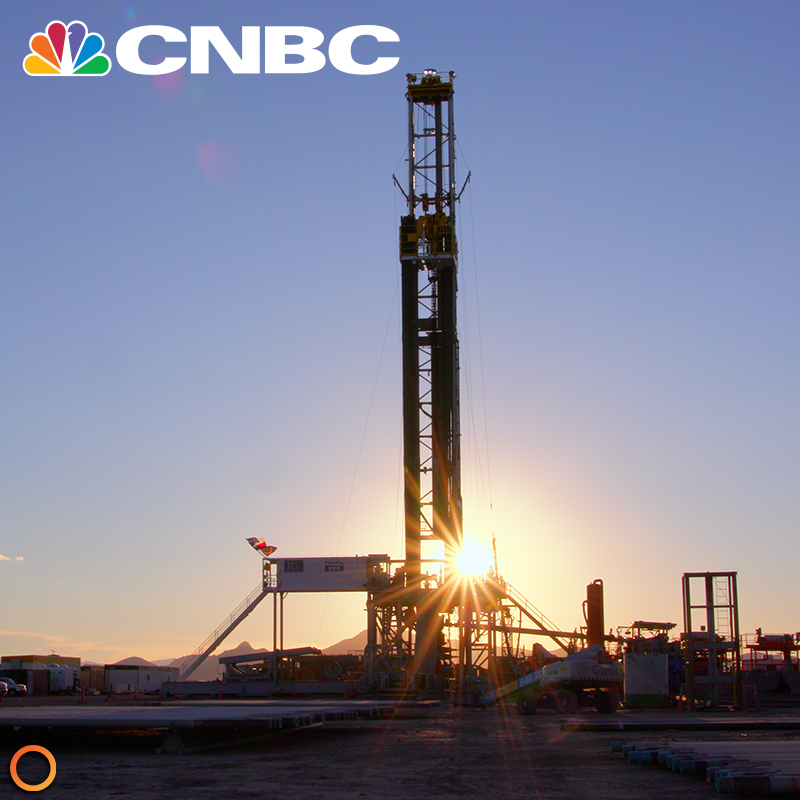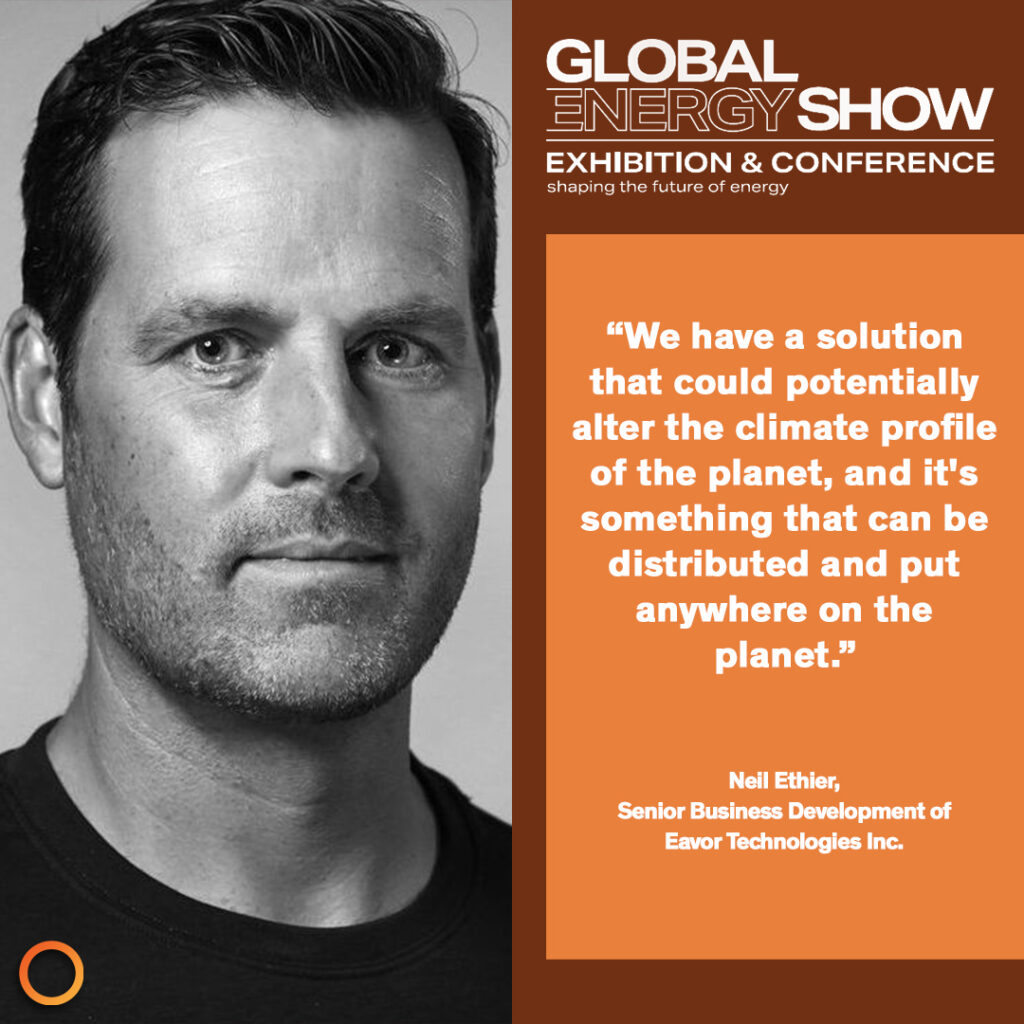America is dialling up the national thermostat on geothermal research and development with new policies and funding from the Biden administration.
In the spring of 2022, both sides of American Congress agreed to allocate $84 million USD for the development of four demonstrative geothermal projects under the Bipartisan Infrastructure Law.
The Inflation Reduction Act followed shortly after, providing companies with incentives of up to 40% tax credits for investments in geothermal projects. Businesses that meet livable wage standards and bankroll geothermal ventures will be eligible for a tax credit of 30%. An additional 10% is available for development projects in communities currently or previously reliant on the energy industry, such as those with large fossil fuel sectors or retired coal mines.
Politico.com quoted Geothermal Rising board of directors president Kelly Blake in their reporting on the policies, saying the geothermal industry hasn’t received this much interest in over 50 years.
Increased attention at government levels can be seen globally – countries everywhere are leaning into renewables like never before, in order to meet the fast-approaching target deadlines for the Paris Agreement and The Race to Net Zero.
Concerns about climate change have been circulating since the 1950s, and activism around the issue has grown with each passing decade. In recent years, Twitter accounts and YouTube channels have all but replaced the megaphone, giving everyone with an internet connection access to the climate conversation, and the ability to add their own voice to the worldwide chorus of yay- and nay-sayers.
This amplification of individual voices may deserve some credit when it comes to putting immediate climate action on the global agenda. A 2019 study published by the peer-viewed Climate journal assessed what role social media and activists like Greta Thunberg and others have had on climate change policy.
Aleksandrina V. Mavrodieva et al states the following in the discussion section of the study:
“We can observe that the increasing information-sharing and trans-nationalization of climate initiatives, has forced leaders to consider the inclusion of climate change policies more thoroughly into domestic agendas, has helped spread low-carbon policy approaches and technologies around the world, and is stimulating a growing interest in innovative global solutions.”
According to Yahoo News, the US Department of Energy announced in June 2022 that $165 million USD would be made available for geothermal research and development. Such government subsidies, policies, and incentives, driven in part by public discourse, are in turn driving private investment dollars into the renewables industry. Mandates on emission reductions are forcing companies to pivot towards methods like carbon capture, and significant tax credits can be likened to enticing goodies along the road to net zero.
Oil giants BP and Chevron invested $40 million CAD into Eavor Technologies Inc. in 2021, and major energy producer Baker Hughes recently announced their Wells2Watts program, focused on converting unused oil and gas wells into geothermal wells.
Geothermal techniques and technologies have made significant advances in light of this capital influx. Eavor’s proprietary closed-loop extraction system, dubbed the Eavor-LoopTM, has gone from R&D in Alberta to commercial deployment in Bavaria, Germany in only 5 years.
Like any new technology, geothermal systems are facing a cost and scalability curve. The first iteration of the electric washing machine was invented in 1908, but widespread commercialization and household adoption of the technology didn’t occur until the 1950s.
And geothermal’s time may be on the horizon. In a recent article on the U.S. geothermal boom, Yahoo News interviewed Stanford University earth sciences professor Roland Horne, who stated: “we’re kind of on the cusp of moving into the cost-effective range [for geothermal], just like we did with solar, over the next 20 years.”
For some, the timing couldn’t be better. European citizens and businesses are burdened with energy insecurity amidst the Russian invasion of Ukraine, and southern and southwestern states in America have made headlines in recent years after major catastrophic outages.
Despite Horne’s optimism, the industry is still fraught with major challenges. The current cost of geothermal electricity generation is over 3 times higher than wind and solar, according to the Yahoo article. Kelly Blake was quoted by Politico’s coverage a second time, expressing the need for even more private investments and capital funding to progress the sector further.
“We as an industry are or have been historically happy with however much funding we can get, but when you take a look at the distribution of the funding to different types of energy, geothermal really is a drop in the bucket,” she said.
The title ‘green tech’ doesn’t promise an absence of environmental concerns either, when it comes to conventional geothermal technologies. EGS, or Enhanced Geothermal Systems, rely on the heat stored in underground water reservoirs. Locating and accessing these subterranean reserves has been a long-existing barrier to the development and deployment of geothermal extraction – water needs to be deep enough to reach temperatures upwards of 300℉ for electricity generation; close enough to the surface to avoid astronomical drilling costs; and have permeable surroundings suitable for extraction (cracks and fractures in the nearby rock).
In short, locations with all three criteria are few and far between. However, by applying drilling and fracking techniques developed in the oil and gas industry, EGS developers can contribute and improve the conditions needed for extraction.
But fracking, used to expand subsurface fractures and increase permeability, comes with a laundry list of issues and risks of its own. For starters, the geologic conditions found in America vary from coast to coast, meaning there is no ‘one size fits all’ methodology for drilling in different states.
Fracking also carries a less-than-favourable connotation in the public sphere. The methodology has been linked to increased seismic activity, ground and groundwater contamination, and immense water demands.
With such lofty concerns, is geothermal still a viable, up-and-coming green energy solution? Absolutely. Advanced Geothermal Systems, or AGS, are revolutionizing the already dynamic industry by skirting the limitations and risks inherent in traditional geothermal extraction methods.
Eavor is the leading name in AGS, and has spent the last six years re-writing the geothermal rulebook. By using an innovative closed-loop well design, the Eavor-Loop extracts heat from subsurface rock via conduction. Eavor’s technique completely bypasses the need for rare geologic conditions, eliminating the need for fracking and costly exploratory drilling.
Well pipelines are sealed using proprietary Rock-PipeTM completion technology, therefore posing no risk of permeation and contamination, and drastically reducing water use by continuously cooling and reusing the enclosed working fluids.
And the company is far from finished making its mark on the geothermal industry and worldwide energy transition. Capitalizing on the immense resource extraction experience and data in Alberta, Eavor is exploring inventive new drilling techniques to further reduce costs, and increase development pace in any geologic condition.
Similar strides have been made by Quaise Energy, a geothermal drilling organization harnessing energy waves to vaporize virtually impenetrable rock found 20km below the earth’s surface.
Once perfected, Eavor’s Aiki technology will fast-track closed-loop geothermals’ trajectory along the curve of cost and scalability, and accelerate our global journey towards clean, green energy for generations to come.



















